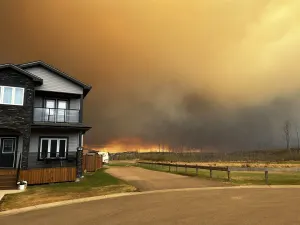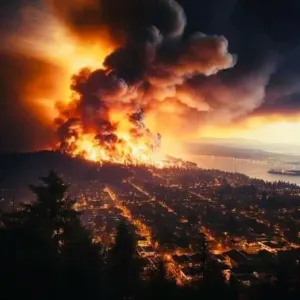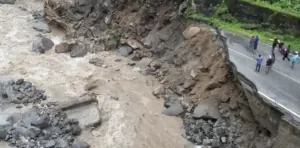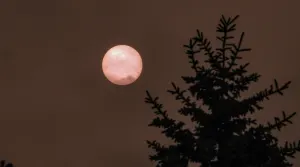
Famous alien planet vanishes before our eyes in new Hubble images
Fomalhaut b is not what we thought it was!
Over a decade ago, astronomers spotted an alien exoplanet orbiting around a nearby star, but it seems that so-called Fomalhaut b may not have been a planet at all. Instead, they may have been witness to a rare collision out in space.
"Our study, which analyzed all available archival Hubble data on Fomalhaut revealed several characteristics that together paint a picture that the planet-sized object may never have existed in the first place," András Gáspár, an astronomer at the University of Arizona's Steward Observatory, said in a HubbleSite.org press release. "Clearly, Fomalhaut b was doing things a bona fide planet should not be doing,"
Back in 2004 and again in 2006, astronomers using the Hubble Space Telescope snapped pictures of Fomalhaut, a star about 25 light years away, and revealed what appeared to be a planetary system in the early stages of development. Remarkably, after taking subsequent images of the system researchers discovered what looked like an alien world orbiting the star, carving out a large circumstellar ring.
Fomalhaut b was labelled as one of the first exoplanets ever directly imaged by telescope.
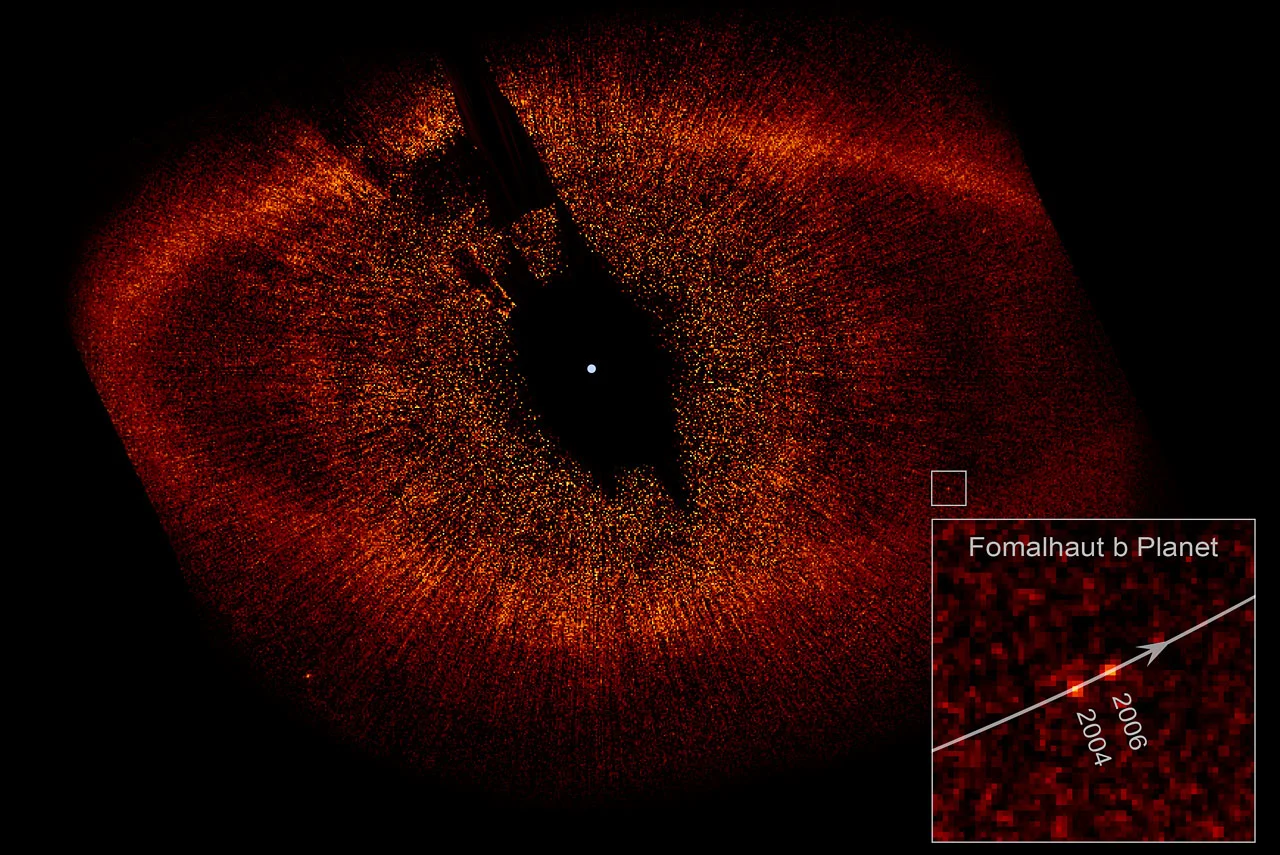
This Hubble image, released in 2008, appears to show an immense gas giant planet, caught in 2004 and 2006, orbiting around Fomalhaut. Credit: NASA, ESA and P. Kalas (University of California, Berkeley, USA)
Compared to our own Sun, which is 4.5 billion years old, Fomalhaut is a very young star, perhaps about 400 million years old. So, seeing a debris disk still circling the star was expected, but actually spotting one of the planets that was carving and shaping that disk was a surprise. And this detection wasn't without its problems. Observations in different wavelengths of light disagreed as to whether a planet was there, or not. Visible light revealed it quite plainly, but when looking for a heat signature in infrared, the signal simply wasn't there.
As teams of astronomers continued to point Hubble at Fomalhaut and Fomalhaut b, to track the progress of the planet and study it further, they were in for an even bigger surprise. The planet was vanishing before their very eyes!
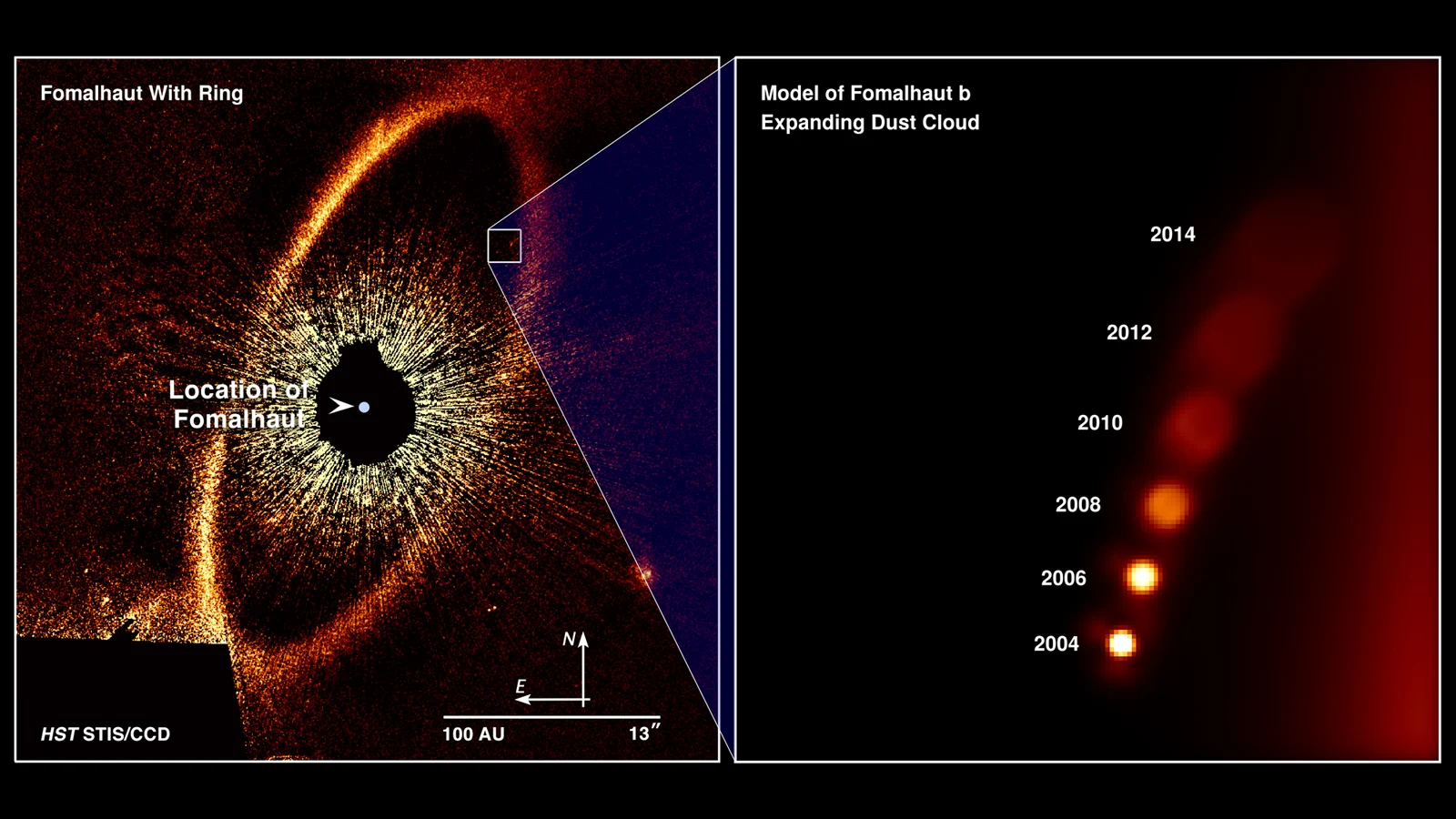
Updated images of Fomalhaut b show the original dot of the 'planet' slowly disappearing over time. Credits: NASA, ESA, and A. Gáspár and G. Rieke (University of Arizona)
In a new study of these images, astronomers from the University of Arizona believe that what was once thought to be a massive gas giant planet was actually an immense and expanding cloud of dust and debris, left over from the collision of two objects, roughly 200 kilometres wide each, that took place within the star's debris ring.
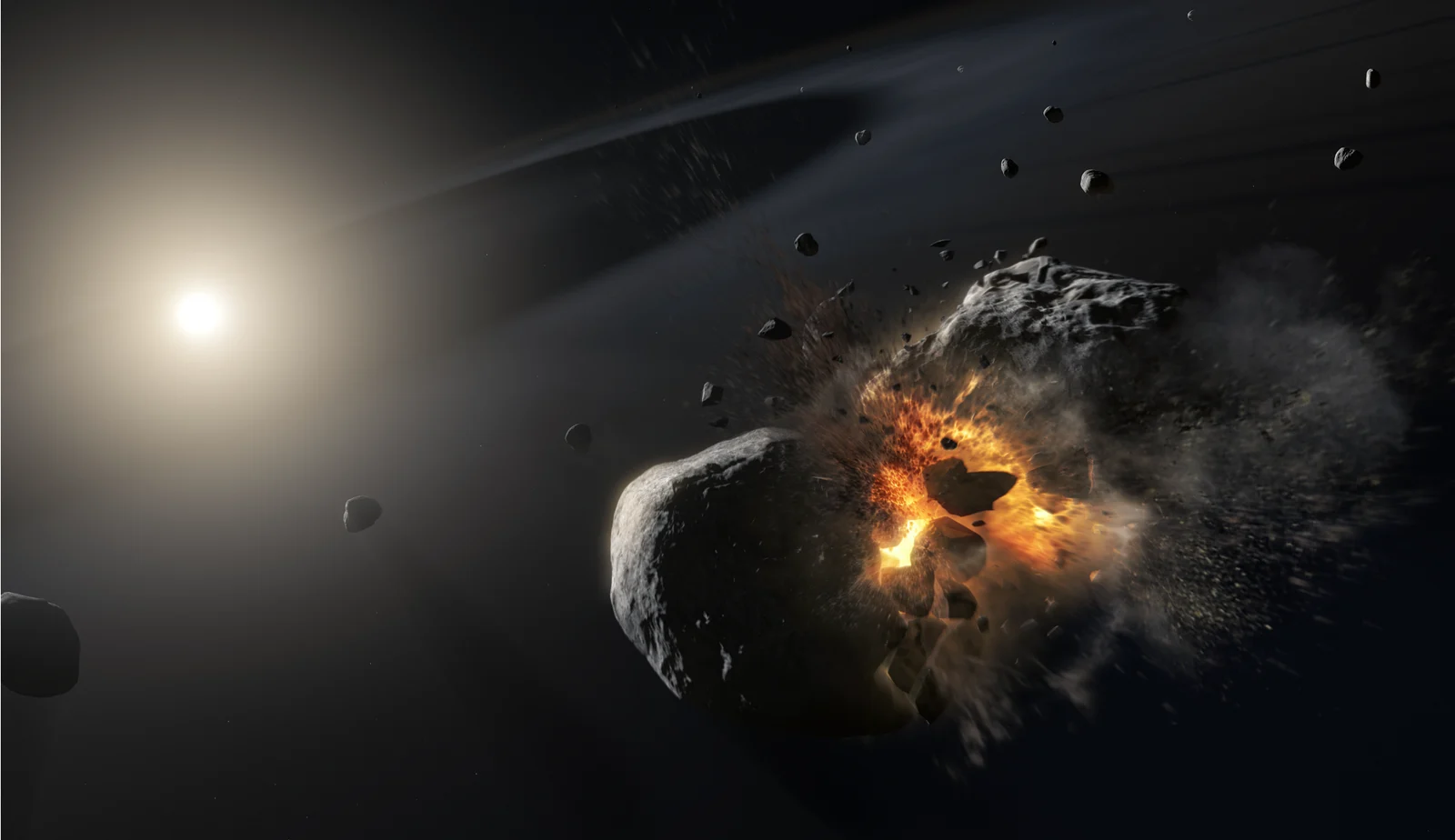
This artist's impression shows what the collision of the two Fomalhaut planetesimals may have looked like. Credit: NASA/ESA/M. Kornmesser
While this result would strike one of the more interesting exoplanets from the record books, it also reveals another fantastic discovery. According to the researchers, collisions like this in the Fomalhaut system would take place about once every 200,000 years. So, astronomers demonstrated incredible timing with these Hubble images!
"These collisions are exceedingly rare and so this is a big deal that we actually get to see one," Gáspár told HubbleSite.org. "We believe that we were at the right place at the right time to have witnessed such an unlikely event with NASA's Hubble Space Telescope."
Gáspár and study co-author George Rieke estimate that the dust cloud, which has dropped below the brightness threshold for Hubble to detect, is now over 300 million kilometres across. Their model of the path of the cloud also shows that it currently appears to be on a trajectory to exit the Fomalhaut system at some point in the future.
"The Fomalhaut system is the ultimate test lab for all of our ideas about how exoplanets and star systems evolve," Rieke of the University of Arizona's Steward Observatory. "We do have evidence of such collisions in other systems, but none of this magnitude has been observed in our solar system. This is a blueprint of how planets destroy each other."
Sources: Hubblesite.org | SpaceTelescope.org







